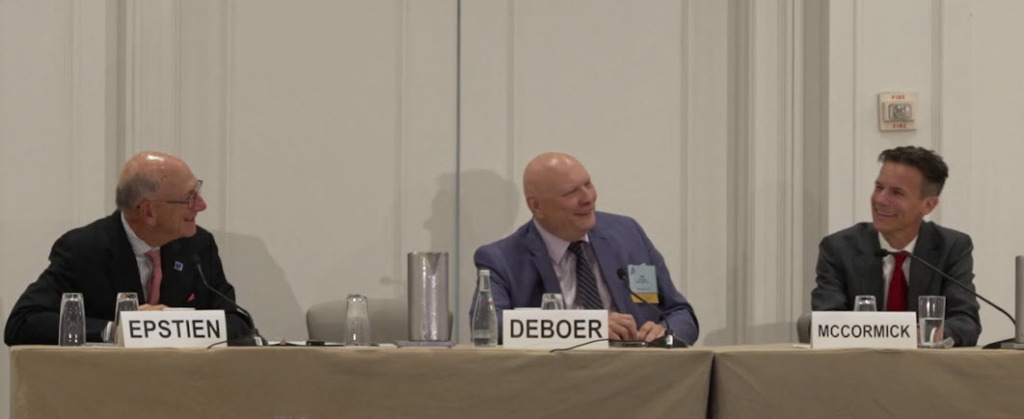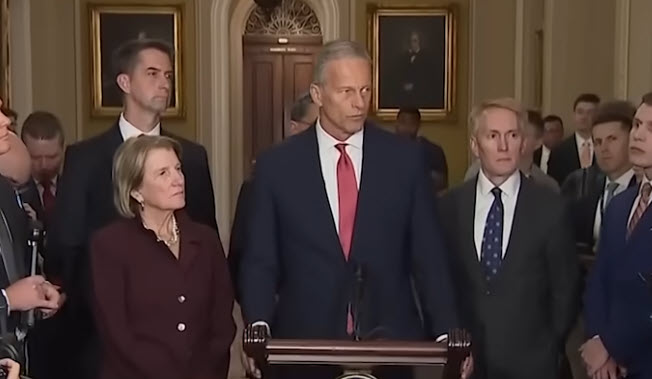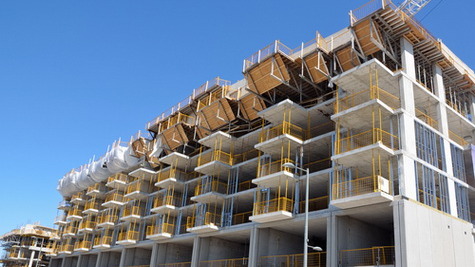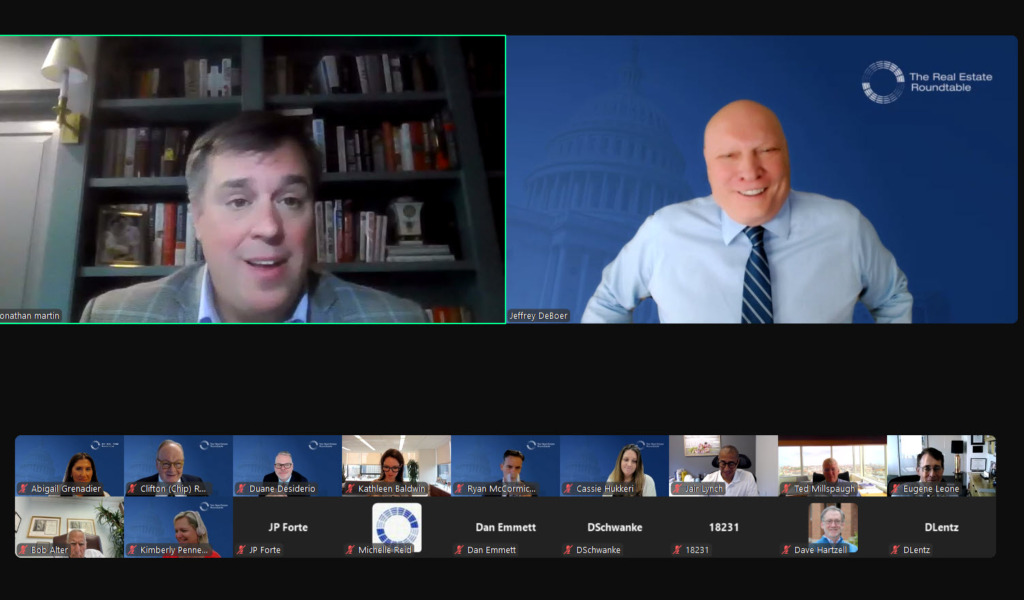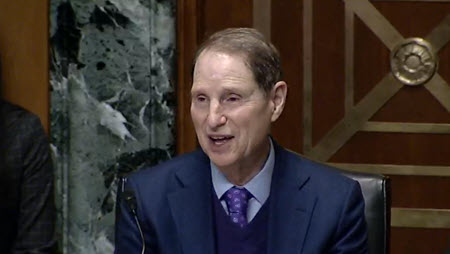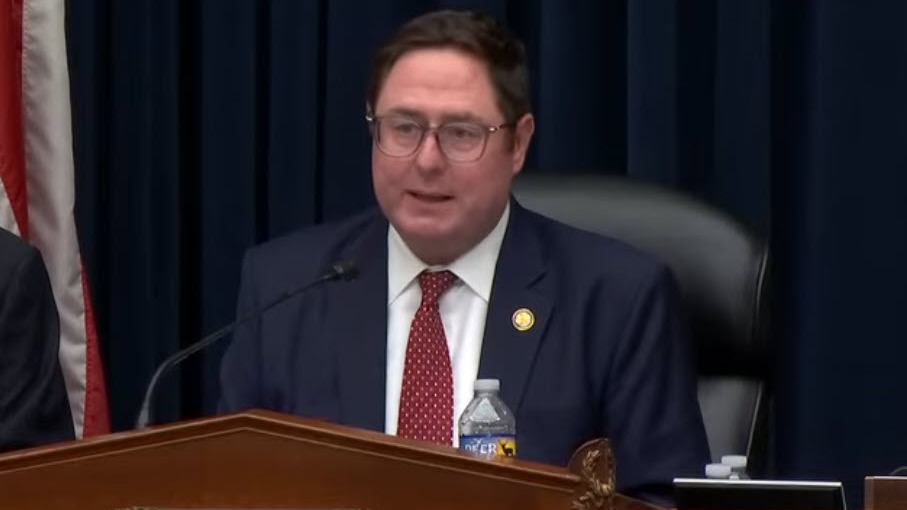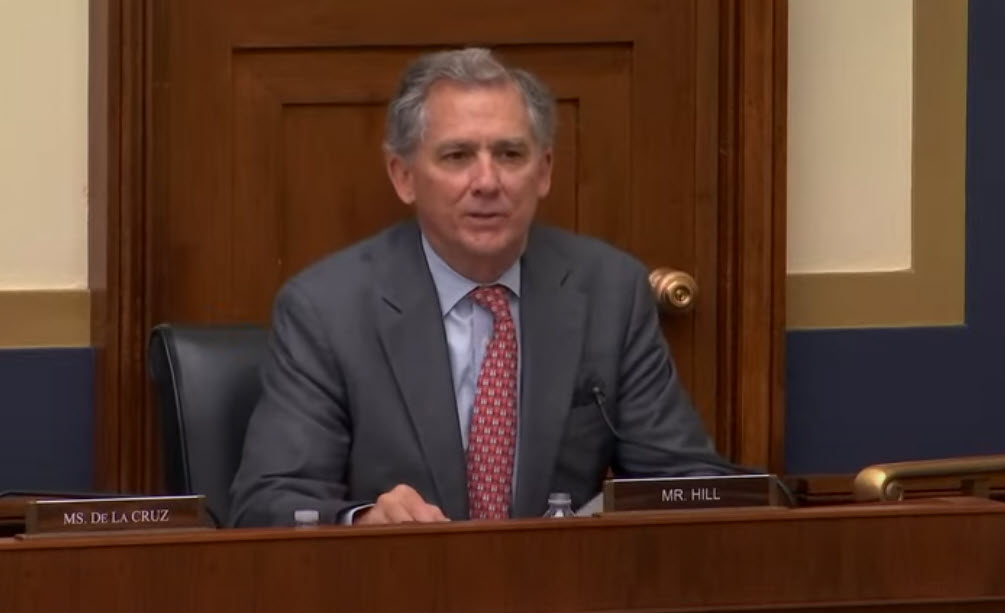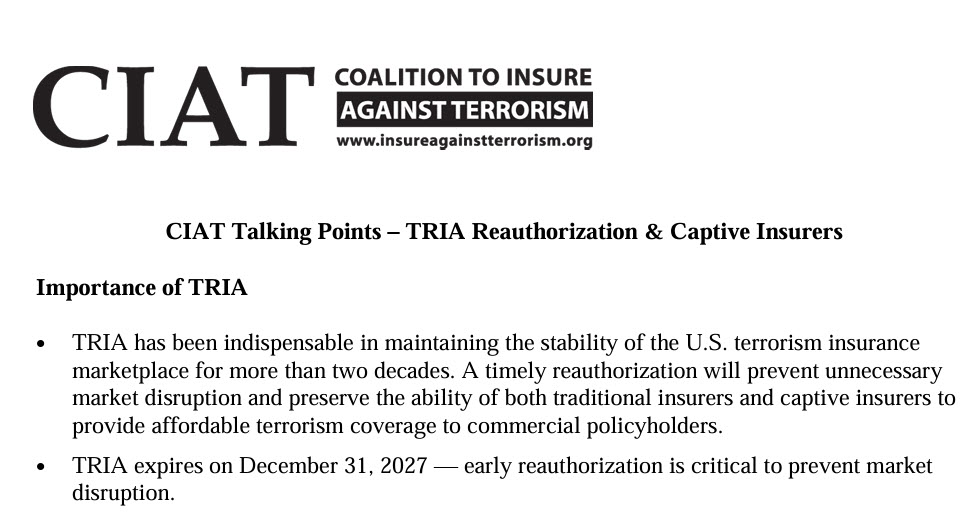
The Trump administration announced new trade measures this week aimed at building materials. The plan imposes a 10% duty on imported softwood lumber and a 25% tariff on kitchen cabinets and vanities—set to rise to 50% in 2026. The added cost burden threatens to ripple through the housing market, raising barriers to affordability at a time of heightened demand. (White House, Sept. 29) (NYT, Oct. 2)
State of Play
- The new tariffs come on top of existing surcharges, marking a sharp escalation in trade measures against foreign suppliers of housing and construction products. (GlobeSt. Oct. 1)
- President Trump’s tariff proclamation found that current wood imports “are weakening our economy, resulting in the persistent threats of closures of wood mills and disruptions of wood product supply chains” and putting at risk the United States’ ability “to meet demands for wood products that are crucial to the national defense and critical infrastructure.” (White House Action, Sept. 29)
- Analysts warn that the tariffs could exacerbate the housing shortage by slowing construction, and, combined with earlier steel and aluminum tariffs, undermine the momentum that Fed rate cuts might otherwise provide. (NYT, Oct. 2)
- The U.S. imports roughly one-third of the lumber it consumes because domestic production cannot meet demand. Canada supplies nearly 85% of U.S. lumber imports. (NAHB, Sept. 30)
CRE & Affordable Housing

- Tariffs may present several challenges for commercial real estate, including increased construction costs, potential project delays, and heightened uncertainty among investors. (CBRE, March 19 | Roundtable Weekly, April 4)
- “These new tariffs will create additional headwinds for an already challenged housing market by further raising construction and renovation costs,” said National Association of Home Builders (NAHB) Chairman Buddy Hughes.
- Builders caution the measures will add to affordability pressures for renters and homebuyers already facing tight supply. (CRE Daily, Oct. 1)
- Last month, it was reported that President Trump may declare a national housing emergency this fall. (Roundtable Weekly, Sept. 12)
- As part of the broader effort to address the nation’s housing shortage, property conversions are gaining momentum. Manhattan alone launched 4.1 million square feet across 15 projects through August 2025, the fastest pace since 2008, according to a recent Cushman & Wakefield report. (GlobeSt., Oct. 2)
- RER urges federal policymakers to support incentives for these transformative projects, helping to meet the nation’s growing housing demand. (RER Annual Report – Housing 2025)
RER will continue to engage with policymakers to reduce regulatory burdens and eliminate other obstacles that are impeding development and expand America’s housing infrastructure.


